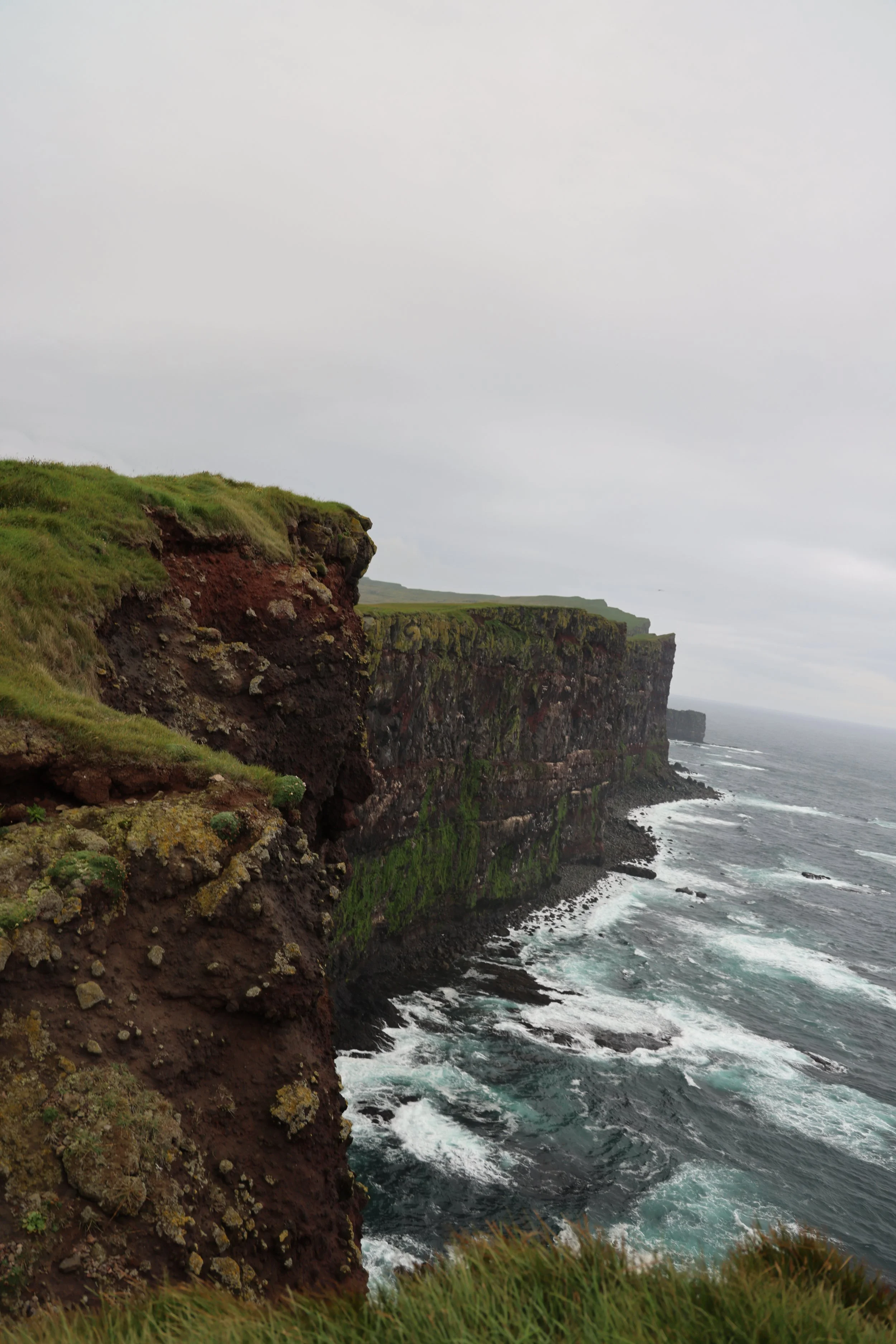Sit by the sea a little longer…take a drive down a country lane and engage with the local craftsmen…
Burnout is real. Having a good work-life balance is key. We need to breathe that fresh, mountain air and swim in the ocean a little longer.
What exactly defines slow travel? Is it a trend? Is it a good thing? Since Covid began I noticed people were referring to the terminology, and how they may want to make this their preferred way to travel. Remote work opportunities have become more available making it easier to spend time in a place for longer than a week (like the normal western (US + Canada) travels. Taking a step back from the typical grind is the key to avoiding burnout. Those willing to take the chance and move out of their comfort zone will certainly give us the chance to learn more about other cultures, biodiversity, agriculture, the world. The slow travel movement helps you to slow down and breathe. Many countries rely on tourism, so when you spend more time there than the average traveler - this may just be may the guiding light as you embark on your slow travel journey.
Let’s break it down some:
Slow travel is taking the time out to learn more about the local culture and at a slower pace than what the majority of people do. Having less to do and more time to explore in depth is what slow travel is all about. Depending on how long you may want your journey to be – money may be a factor. If you are fortunate enough to have this opportunity – quality over quantity comes in to play. If you feel overwhelmed and rushed, then your goals and priorities could need some adjusting, so your time in the destination is as memorable as possible. The more time you spend in the location, the more positive effect it will have on you and your experience. Not having to set an alarm to squeeze in multiple activities, and rush through a day is what the epitome of slow travel is. For instance, you want to go to the Louvre. The Louvre typically takes close to 4 days (actually takes about 2 months to really see it all) to see its many galleries and wings. Then a good strategy would be to spend triple the amount of time in Paris (if budget and work) allows, so you can consider the time spent on the slower side of things.
/01
PACK MINIMALLY
The majority believes that plane travel should be the last form of transportation when it comes to slow travel (or at least be kept to a minimum), so you want to be able to handle your belongings easily. Train and car travel are usually the ways of transit described most, but of course you must start your journey somewhere!
My note: In the past when I decided on slower paced travels, I have taken only a few articles of clothing, necessary toiletries, and my camera equipment. It really does help in the end to not lug as much with you.
/02
RELAX & STAY A WHILE
Be there. Be present and interested. Wake up without a list of things to do for the day. Having a check list is perfectly fine, but if you are feeling rushed and things aren’t aligning to the meaning of slow travel, then it is time to sit and think for a few about what you are trying to accomplish. You don’t need to do everything on the list to feel successful in the end of journey. Burnout from work exists and burnout from travel exists. It happens to many Americans that do not get a lot of time off of work as compared to other countries. When choosing your place of interest – you want to try and achieve a relaxed and pure experience based on learning about the environment, the local culture, and just taking a step back and experience the location.
My note: If you are considering starting your slow travel – it is perfectly okay for it to be more like a trial run. Slow travel isn’t something that happens overnight and you have to become comfortable with place and surroundings. For me, Iceland was the perfect location to begin the mindset. The way of life there, the people, and the environment in a whole is one of the best places in my opinion to start the journey.
/03
BE CONNECTED
You want to feel connected often while on your travels. Connected to local culture and arts, the food, and the people. One of the best things you can do while on your slow travel journey is to engage with the locals. I find that one of the best ways to do this is through food. You can compliment a restaurant owner or cook and find out things you may not be able to find out otherwise. People love food. People love compliments on their food.
My note: I like to visit farms and learn about the local agriculture. You get to meet some wonderful people while talking with them about their animals and food. I once learned about cheese making very unexpectedly because I asked a roadside seller in Provence about how much it rains in the summer. It was completely unrelated, but worth every minute we chatted.




